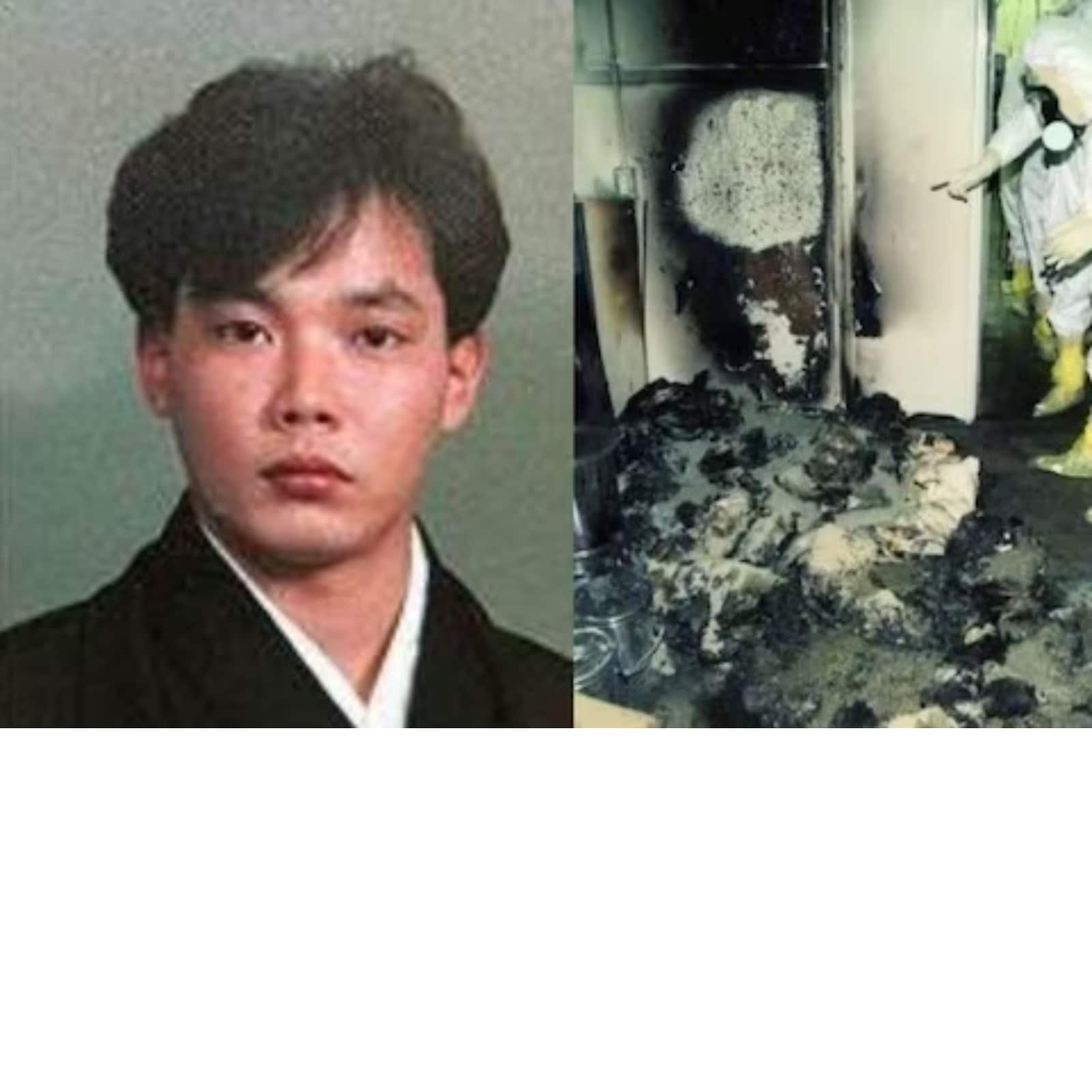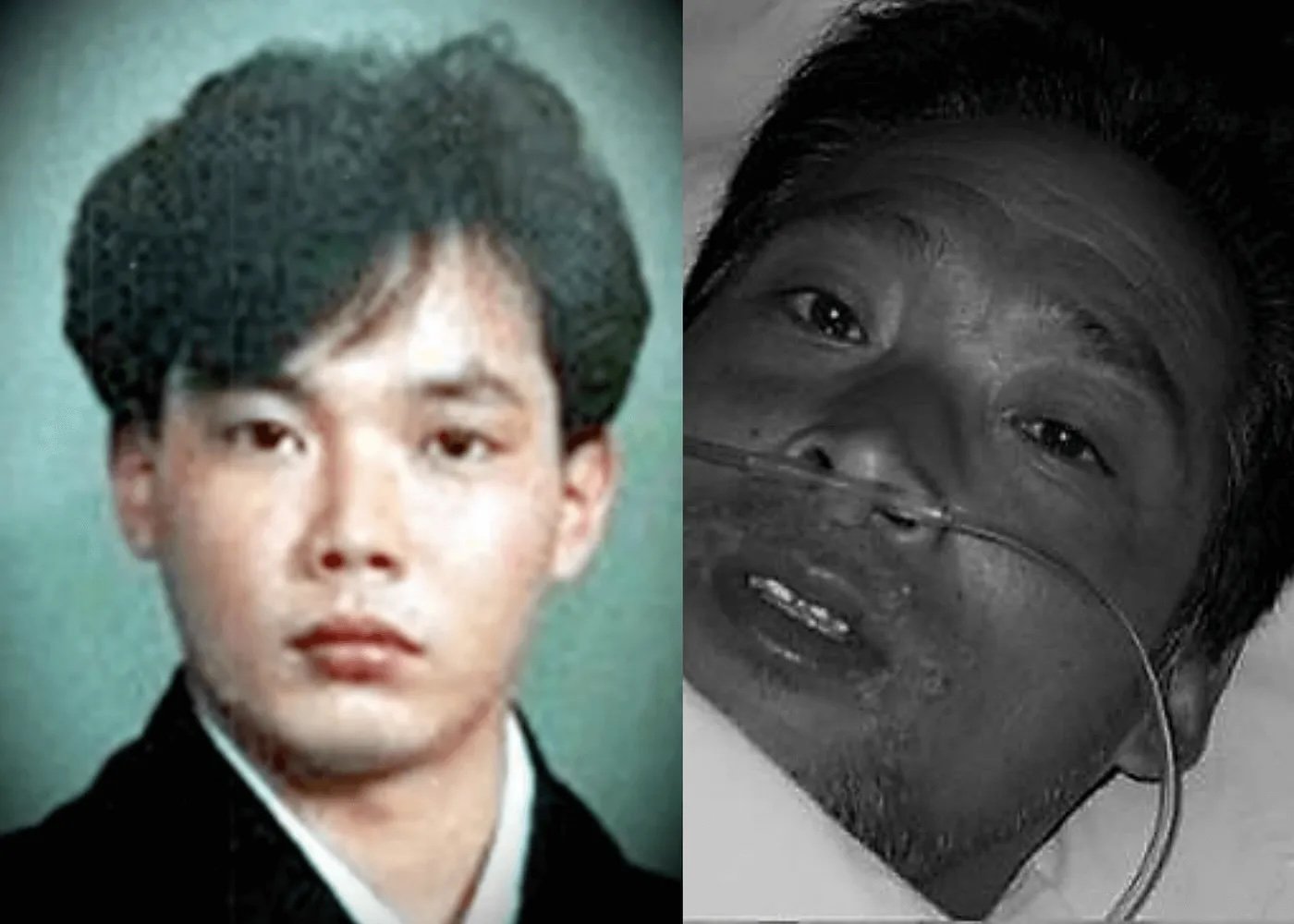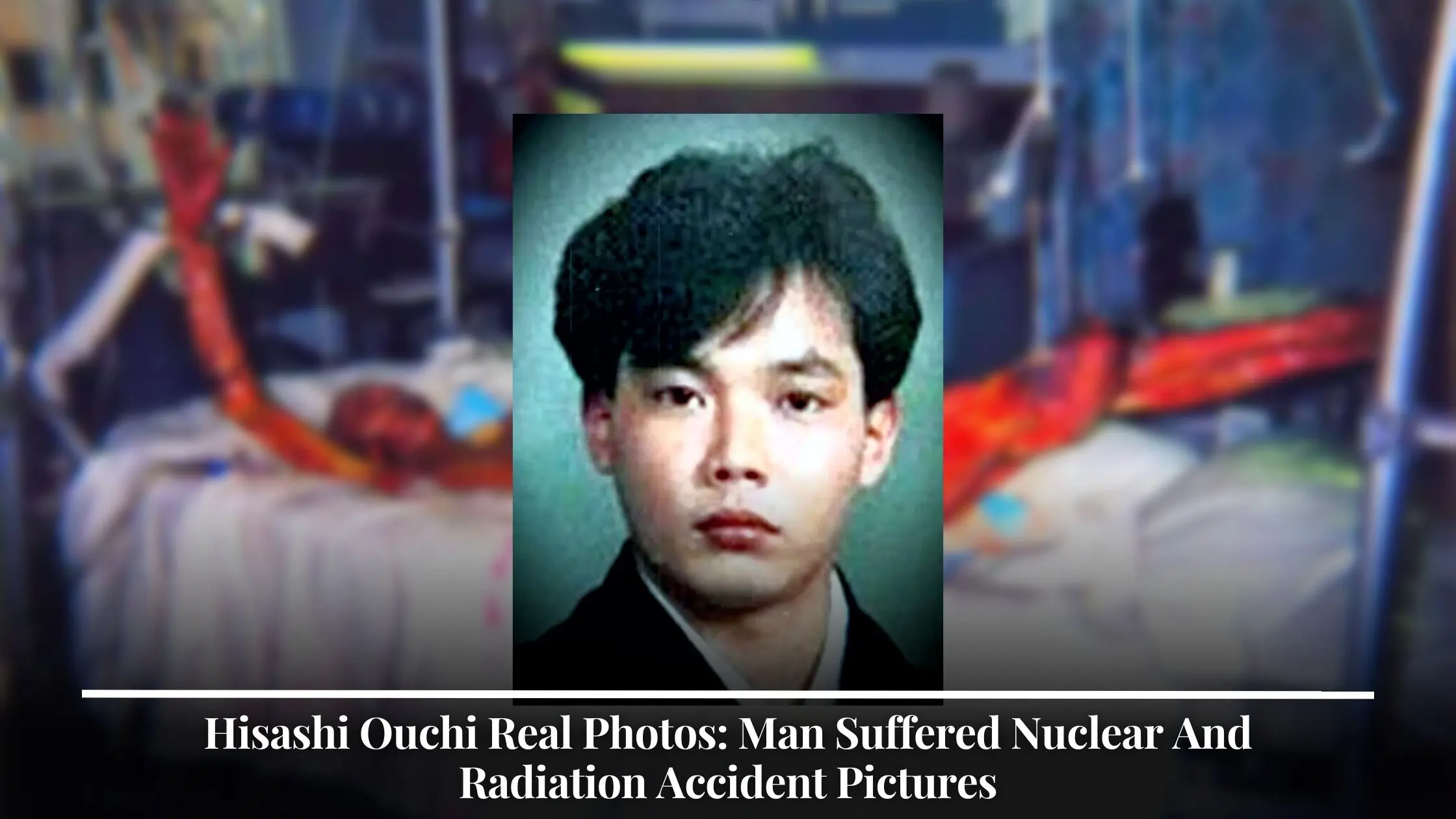On October 25, 1999, the world was shocked by the tragic Tokaimura nuclear accident, an event that claimed lives and left deep scars on those who survived. Among the most severely affected was Hisashi Ouchi, a man whose story of survival and ultimate sacrifice became a symbol of the dangers of nuclear power. This article explores the real Hisashi Ouchi photos and the profound impact of his story on the global understanding of radiation exposure.
Hisashi Ouchi's story is not just about the physical toll of radiation but also about the human resilience and the ethical implications of nuclear energy. Through this article, we aim to shed light on his life, his struggle, and the lessons learned from his tragic experience.
By examining the real Hisashi Ouchi photos and understanding the context of his life, we can better appreciate the sacrifices made by those who worked in hazardous environments. This article aims to provide a comprehensive look at Hisashi's life, the Tokaimura accident, and its aftermath, while ensuring that his story is remembered and respected.
Read also:Kannada Movie Rulez2 The Ultimate Guide To Exploring Karnatakas Blockbuster Cinema
Table of Contents
- Biography of Hisashi Ouchi
- The Tokaimura Accident
- Real Hisashi Ouchi Photos
- Health Impact of Radiation Exposure
- Medical Care and Treatment
- Ethical Issues Surrounding Hisashi Ouchi
- Global Impact of the Tokaimura Incident
- Media Coverage and Public Awareness
- Lessons Learned from Hisashi Ouchi's Story
- Conclusion
Biography of Hisashi Ouchi
Early Life and Career
Hisashi Ouchi was born on July 28, 1968, in the city of Ibaraki, Japan. Before the tragic accident, Ouchi worked as a technician at the JCO uranium reprocessing plant in Tokaimura. His role involved handling nuclear materials, a job that required precision and adherence to strict safety protocols. Below is a summary of Hisashi Ouchi's personal details:
| Full Name | Hisashi Ouchi |
|---|---|
| Date of Birth | July 28, 1968 |
| Place of Birth | Ibaraki, Japan |
| Occupation | Nuclear Technician |
| Employer | JCO Company |
Contributions to the Nuclear Industry
Despite the tragic outcome, Hisashi Ouchi's work in the nuclear industry was significant. He was part of a team responsible for ensuring the safe handling of nuclear materials. His dedication to his job was evident in his commitment to learning and applying the latest safety protocols. However, the Tokaimura accident changed everything.
The Tokaimura Accident
The Tokaimura accident occurred on September 30, 1999, when workers at the JCO plant inadvertently caused a criticality accident by mixing uranium solutions in a precipitation tank. This resulted in an uncontrolled chain reaction, releasing harmful radiation into the environment. Hisashi Ouchi, along with two other colleagues, was exposed to extremely high levels of radiation.
Causes of the Accident
- Violation of safety protocols by workers
- Improper mixing of uranium solutions
- Lack of adequate training and supervision
Real Hisashi Ouchi Photos
Real Hisashi Ouchi photos have been widely circulated in media reports and documentaries. These images capture the physical toll of radiation exposure and serve as a stark reminder of the dangers of nuclear accidents. Below are some key insights into the photos:
- Photos taken during his treatment in the hospital
- Images documenting the progression of his condition
- Archival footage from news reports
It is important to approach these photos with sensitivity, as they depict a personal tragedy. The images have been used to educate the public about the risks associated with nuclear power and the importance of safety measures.
Health Impact of Radiation Exposure
Hisashi Ouchi suffered from severe radiation sickness, which affected nearly every organ in his body. The high dose of radiation he received caused extensive damage to his DNA, leading to multiple organ failures. According to medical reports, Ouchi received a dose of approximately 17 sieverts, far exceeding the lethal limit of 5 sieverts.
Read also:Tamilblastersmx A Comprehensive Look Into The Controversial Movie Streaming Platform
Symptoms of Radiation Sickness
- Severe burns and skin damage
- Internal organ failure
- Blood cell depletion
- Extreme pain and suffering
Medical Care and Treatment
Hisashi Ouchi was treated at the University of Tokyo Hospital, where a team of specialists worked tirelessly to save his life. His treatment involved skin grafts, blood transfusions, and experimental therapies. Despite their best efforts, Ouchi passed away on December 21, 2000, after 83 days of intensive care.
Challenges in Treatment
- Limited understanding of extreme radiation exposure
- Difficulty in managing multiple organ failures
- Psychological impact on medical staff
Ethical Issues Surrounding Hisashi Ouchi
The case of Hisashi Ouchi raised several ethical questions about the treatment of nuclear accident victims. Some critics argued that Ouchi's treatment was prolonged unnecessarily, while others believed that every effort should be made to save a life, regardless of the circumstances.
Key Ethical Considerations
- Right to refuse treatment
- Quality of life versus prolonging life
- Responsibility of employers in ensuring safety
Global Impact of the Tokaimura Incident
The Tokaimura accident had a profound impact on global attitudes toward nuclear power. It highlighted the importance of strict safety regulations and the need for transparency in nuclear operations. Governments and organizations worldwide reviewed their safety protocols in response to the tragedy.
Policy Changes and Improvements
- Stricter safety standards for nuclear facilities
- Increased emphasis on worker training and education
- Enhanced emergency response procedures
Media Coverage and Public Awareness
Media coverage of the Tokaimura accident and Hisashi Ouchi's story brought widespread attention to the dangers of nuclear power. Documentaries, books, and articles have been published to educate the public about the incident and its implications.
Notable Media Reports
- Newsweek's coverage of the accident
- Documentary films on Ouchi's life
- Interviews with medical staff involved in his treatment
Lessons Learned from Hisashi Ouchi's Story
The story of Hisashi Ouchi serves as a powerful reminder of the importance of safety in the nuclear industry. It underscores the need for vigilance, accountability, and continuous improvement in safety protocols.
Key Takeaways
- Strict adherence to safety protocols is essential
- Training and education for workers must be prioritized
- Public awareness and transparency are crucial
Conclusion
The real Hisashi Ouchi photos and his story of resilience and sacrifice have left an indelible mark on the world. His tragic experience highlights the dangers of nuclear accidents and the importance of safety measures. By learning from Hisashi Ouchi's story, we can work toward a safer future for all.
We invite you to share your thoughts and reflections in the comments below. Additionally, feel free to explore other articles on our site that delve into related topics. Together, we can continue the conversation about the importance of safety and responsibility in the nuclear industry.


